How Old Materials Can Make New Construction Green
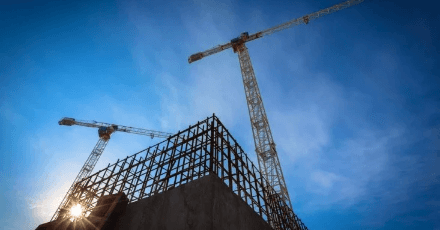
Construction is one of humankind’s dirtiest practices, and makes green construction a challenging idea.
How Tech Companies are Promoting Sustainability
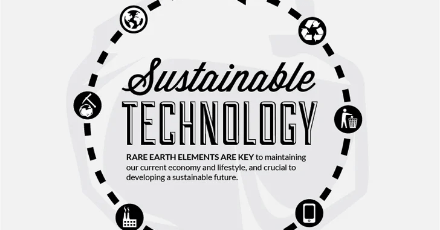
Tech companies realize that sustainability is a good investment.
Down to Size: How to Manage the Big Data Behind Your Environmental Sustainability Reporting

For organizations in industries from healthcare to marketing, big data has become both a powerful tool and a management challenge.
COP21 Summit: Highlights and Key Takeaways
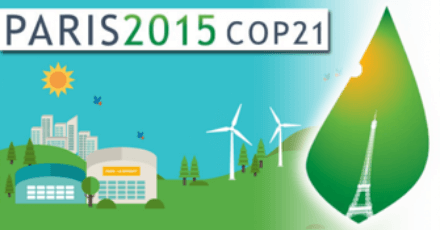
The 21st session of the Conference of Parties (the COP21 summit) began with a lofty goal, aiming to achieve a legally binding agreement among all nations to limit global warming to below 2°C by 2100.
Getting more renewables onto the grid – issues for developers

In 2015, California Governor Jerry Brown set some of the nation’s most ambitious goals for production of electricity from renewable sources for his state.
How Sweden Became the World’s Most Sustainable Country: Top 5 Reasons

Sweden is ranked as the Most Sustainable Country in the World for 2015 according to RobecoSAM’s Country Sustainability Ranking study.
H.B. Fuller’s Lüneburg Adhesive Academy is LEED® Certified to the Gold Level
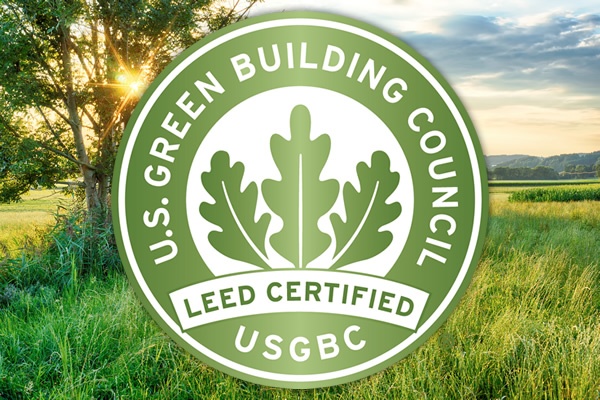
Business sustainability, the way companies control their environmental, social and financial risk, obligations and opportunities, is essential for long-term profitability and viability.
Why Your Business Needs a Sustainability Plan
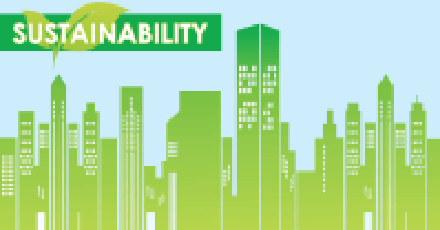
As the private and public sectors continue to develop their sustainability plans to demonstrate their commitment to the environment and the wellbeing of their communities, the private sector faces the challenge of ensuring the long-term viability of their operations and the wellbeing of their clients and consumers.
Finding Green Spaces in the Big Apple
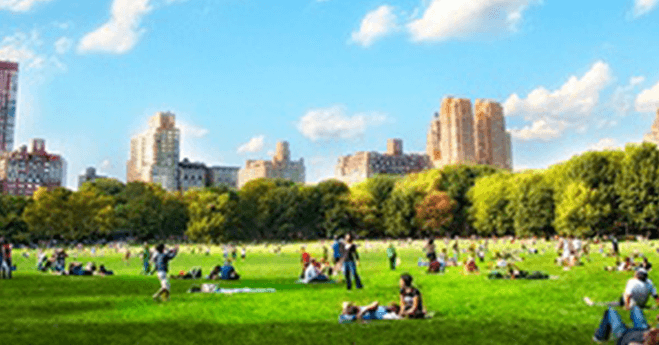
In Southern California, there is ample open space where parks and other recreational areas are located. The urban space is reasonably horizontal and spread out with open areas for parking lots, big box retailers, parks, and other recreational areas such as soccer and baseball fields. There is a distinctive lack of tall buildings and dense development where I live, compared to other areas in the United States. When I visited New York for the first time, I was in awe of the height of buildings and the vertical density of development, which I was not accustomed to. This article takes a brief look at some open spaces located in New York— The High Line Park, Central Park, and Gotham Greens (a rooftop greenhouse)—that highlight the creative ways in which open space and nature are incorporated into an urban environment.
How the Retail Industry is Adapting to the Sustainability Agenda

Sustainability in the retail industry has evolved in recent years. As consumers become more conscious of their environmental impact, companies are also starting to adapt to sustainability trends. A company that adapts sustainability practices shows that it exists not only to gain profit and drive revenue growth; but also that they recognize their responsibility to be accountable to the community and the environment.
Sustainability in Action: Going Green in the Food Sector

Greening is good! As sustainability and population growth continue to shape the global corporate realm, businesses coming from various industries are also expected to adjust with the trend. In particular, the food sector can make significant contributions in reducing resource consumption, wastage and carbon footprint.
How a Growing Asia Can Become a “Greener” Asia
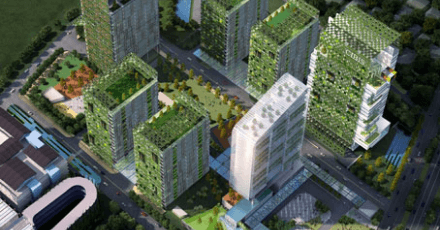
Over the past two decades, Asia has become a “source of strength” for the global economy; with many Asian countries growing at an unstoppable accelerated pace, driven by and benefiting businesses from every sector in the region.
Historic Buildings and Environmental Sustainability
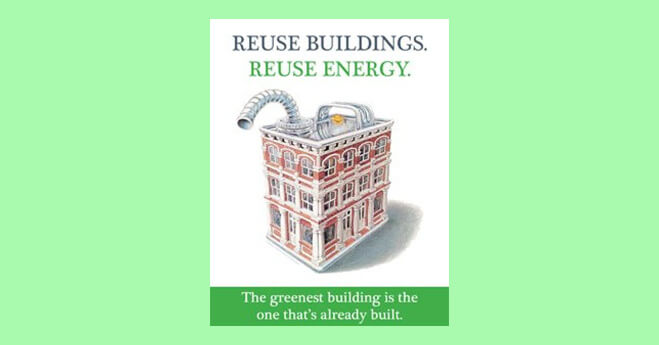
The prevalent idea among building owners is that old buildings are less energy-efficient and more costly — both financially and environmentally — to maintain. Destroying old buildings and constructing new ones therefore, seem more practical than repairing and maintaining old buildings. In the United States, an estimated one billion square feet of buildings are demolished and replaced annually. According to a projection by the Brookings Institution, 82 billion square feet of existing space will be demolished and replaced between 2005 and 2030 – representing about 25% of today’s existing building stock.
Energy Management Systems: Using Technology to Save on Costs

Recently, many businesses have come up with several significant trends of energy efficiency.
Renewable Energy Management: Creating Jobs with Clean Energy
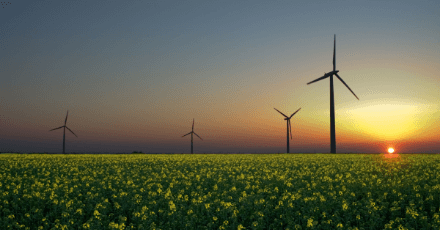
Politicians take heed: Those who support the green economy will be remembered in history as heroes! Government leaders should not delay any longer in adopting legislation that facilitates the implementation of renewable energy production.
Environmental Sustainability Solutions in China: A Greener Country

China, in every sense of the word, is a global giant. Being one of the world’s largest countries, China is also home to the world’s largest population and one of the world’s largest economies. But being on top of world rankings isn’t always good, especially when it comes to being dubbed as one of the world’s most polluted countries.
Sustainability Initiatives: Sleeping Tight in Eco-Hotels
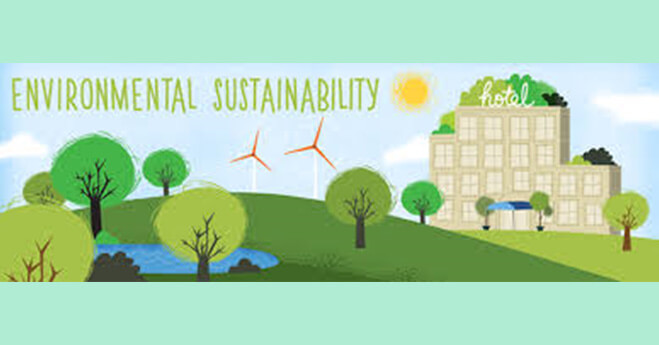
Business travelers are keen to reduce their impacts on the environment by making the smart choice to stay at green-certified hotels. According to a recent survey by Timetric’s Global Business Traveler, “47 percent of survey respondents state that it is important to stay in a green certified hotel during a business trip, while 7 percent consider it to be extremely important”. Implementing sustainable practices is one way for hotels to cut down on operating costs, add more to their bottom line, and appeal to environmentally cognizant travelers. By building a new structure, or retrofitting an existing edifice to meet the standards of the Leadership in Energy and Environmental Design (LEED) or the U.S. Green Building Council (USGBC), hotel owners can lower their operating costs, attract these environmentally conscious business travelers and improve their relationship with the community and local government. Some hotels help preserve the environment by keeping linens on the beds for more than one day, saving hundreds of gallons of water used to launder them; or by simply hanging signs reminding patrons to shut off any electronic equipment when not in use. However, some hotels are taking it a step further. Take, for example, the four-star Hotel Landgut Borsig outside of Berlin. Their guests enjoy the same amenities offered by other hotels in the same league: comfortable yet luxurious mattresses, locally sourced gourmet meals, saunas or bread-making classes. The main difference between Landgut Borsig and other four-star hotels, is that they do not have a mini-bar. This is because the hotel is an almost zero-carbon hotel. It has taken steps towards producing its own energy by purchasing the surrounding forests as a means of neutralizing its carbon footprint. Another example is Vienna’s Hotel Stadthalle – touted to be the world’s first carbon-neutral city hotel. Here, the standard sustainable offerings include organic bed sheets and towels; food items whose ingredients you can trace back to the field they were planted in simply by reading the attached label; and in addition to this, the hotel’s toilets use collected rain water. Even stateside properties such as The Cove at Yarmouth Resort in Massachusetts have implemented changes for more efficient and effective energy management. The resort reduces its water and energy costs with the installation of new efficient hybrid water heaters that have led to a 12 percent savings. LED lights and variable speed air regulators have also helped lower energy usage. Larger, more established hotel chains such as the Hyatt, Marriott and InterContinental have also developed serious sustainability programs. Some hotels have even begun to use sustainable “green” room key cards. The Green-Key is an environmentally friendly alternative to the typical plastic keycard. Unlike plastic keycards, Green-Key is recyclable, biodegradable and produced from a renewable resource called paperboard. The paperboard resource makes the Green-Key an economical choice versus other high priced eco-friendly products. While there are skeptics who may believe that the sustainable efforts of these hotels are nothing more than “flowery” or “granola” nonsense, many within the hotel industry are recognizing that implementing these measures is good for business, not to mention it makes absolutely good business sense due to rising energy costs – which is generally a hotel’s largest expense. A hotel can become sustainable through a number of ways, including but not limited to: Sustainable supply chains for linens and other hotel supplies Locally sourced food items Efficient HVAC (Heating, Ventilation (architecture), and Air conditioning and Water Heating Systems Low flow water fixtures LED Lighting The hospitality industry has begun to recognize the social and economic benefit of creating a sustainable future and your business or organization can reap similar rewards by improving efficiency and productivity. Let FirstCarbon Solutions show you how advantageous it can be to move towards a sustainable future today. Our sustainability solutions enable you to monitor, manage, and report pertinent data quickly and cost-effectively, so you can enhance your operational efficiency. Our vast experience in working with various companies, organizations and government institutions ensures you have the right strategies and practices in place. We fully integrate consulting and software with superior capability in back-office data processing to give you well-rounded and the most effective solutions for sustainable profitability.
Bonds and Climate Change Services: Financing Green Infrastructures
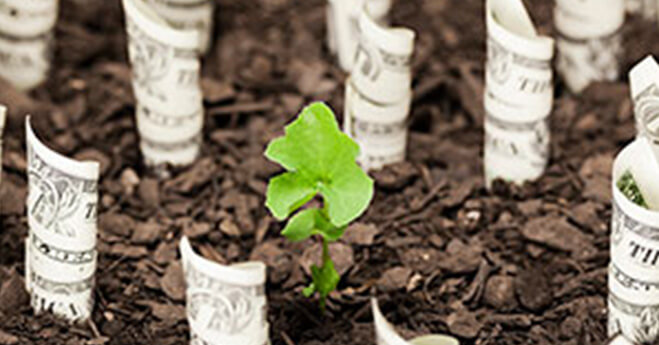
Do bonds and climate change mix? In this blog, they do. Let me explain why. In a world where “sustainability” is the latest battle cry, anything that is green, organic, net-zero, sustainable, energy efficient and the like, are typically well received by the market at large. Now, for businesses, cities and national governments to make […]
Reduce Your Company’s Carbon Footprint with Green Technologies
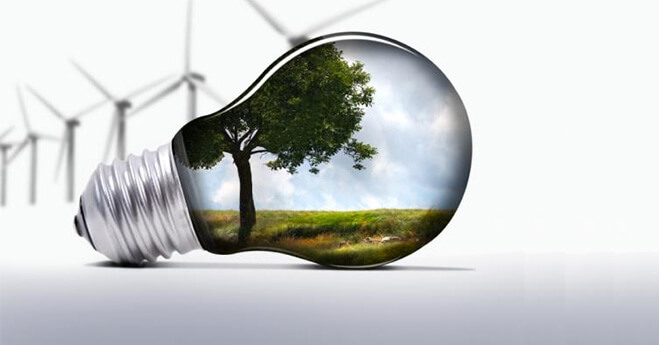
Green technologies serve green purposes for the long term, especially when they involve clean energy.The most common example for green technology in this category is the solar cell. From its humble beginning when inventor Horace-Benedict de Saussure harnessed the power of the sun to create a solar oven, up to the present day where solar power is harvested by photovoltaic cells and converted into electricity; the idea of using sustainable and renewable energy sources as opposed to burning finite fossil fuels is what drives green technology.
Sustainability Matters: Brewing Sustainability
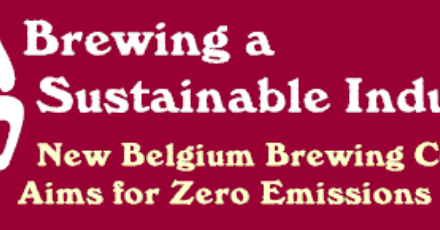
Since its inception in 2008, FirstCarbon Solutions (FCS) has been dedicated to sustainability by assisting companies, governments, institutions and non-profit organizations manage their greenhouse gas emissions, monitor their energy consumption, and manage their supply chain. As a steward of the environment, FCS takes great pleasure in highlighting those who are equally passionate about ensuring a more sustainable future. To help spread the word about companies, organizations, and other entities that foster a sustainable mindset, FCS would like to introduce the Sustainability Matters series. The following article is the first in this ongoing series, which will focus on those who share a commitment to sustainability, the environment and our planet. Sometimes, the series will concentrate on those companies and organizations that conduct routine, everyday business in a unique, sustainable manner. Other times, the focus will be on those offering unique products and services in a sustainable fashion. Either way, FCS hopes that the Sustainability Matters series can open eyes to those striving to make a difference.
Challenges Implementing Intelligent Building Energy Management-Part 2
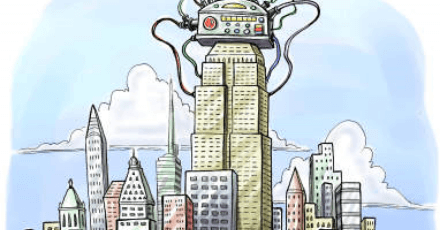
In previous blogs I discussed the challenges of carbon reduction through less energy use in our buildings. As such, business owners need to recognize that in addition to being green and reducing energy use, they can produce energy on-site and connect to a Smart Grid, among many other things. Buildings that go beyond reducing energy use and pursue new objectives, such as producing energy on-site (e.g. via solar panels) and connecting to a Smart Grid, is just one of the many ways in which a building transforms from being merely green to being intelligent. The Continental Automated Buildings Association (CABA), a non-profit industry association dedicated to the advancement of intelligent home and building technology, recently released their Frost & Sullivan research study titled, “Intelligent Buildings and the Bid-Specification Process”. I will be summarizing this study in two parts: the previous blog discussed the problem, while this one provides further information on the challenges as well as a few suggested solutions.
The Bullitt Center – A Green Step Towards Energy Management
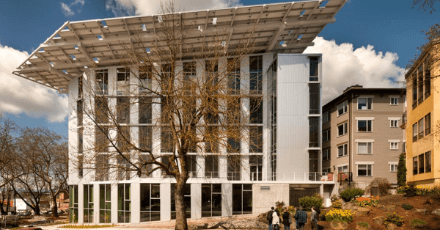
What makes a building green?There are several factors that can contribute to making a building “green”, or environmentally friendly. This can range from how the building is positioned in relation to the sun, to the efficiency of the faucets and toilets within the building. This article takes a look at the Bullitt Center, a commercial office building located in the Central District neighborhood in Seattle, Washington, and deemed to be the “greenest” of them all.
Challenges Implementing Intelligent Building Energy Management-Part 1
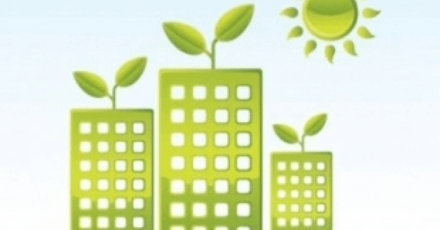
Two Examples of Building Energy Management

Throughout the United States, green or sustainable buildings are being built for a variety of uses.
Case Study: Environmental Planning of Dockside Green, Victoria, BC

Dockside Green is a 15-acre sustainable harborside community located in Victoria, British Columbia. This development is a master-planned waterfront community that is designed to reflect a more responsible approach to planning with the environment in mind. It includes a total of 1.3 million square feet of residential, office, retail and commercial space. Dockside Green is the first community ever to target LEED Platinum certification for buildings developed in a master-planned community.
The Golden State Goes CalGreen: Lighting Energy Efficiency Solutions

The Changing Landscape of the Modern Sustainable Sporting Venue

Within our ever-evolving modern society, both professional sports and the environment play equally important, yet quite different roles. From afar, these two subjects are bound by few common threads. But as dissimilar as they appear, both sports and the environment occasionally cross paths, converging at the stadiums and arenas that house the games and matches that millions annually attend. These sporting venues are impressive structures, able to accommodate tens of thousands of fans who gather to collectively support their favorite team. Just as sports is an important part of our social framework, these venues are equally significant to the framework of sports. However, an unfortunate downside to this convergence of sports and the environment is the excessive waste production and resource depletion that occurs within and around these venues, and the substantial impacts that this has on the surrounding environment.
Integrating Renewable Energy and other Distributed Energy Resources
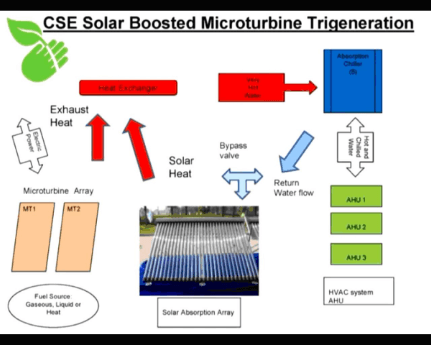
In a previous blog post, the good (non-fossil) and bad (intermittent production) aspects of traditional renewable energy options (renewables) that produce electricity from photovoltaic (PV) panels and wind and water turbines were discussed, as well as thermal solar collectors that are used to produce hot water either for immediate use or that is stored for later use. In this post, the ways of combining the renewables with other energy production options at or near their point of use will be discussed.
Energy Management Consulting and LEED Techniques for Home & Business
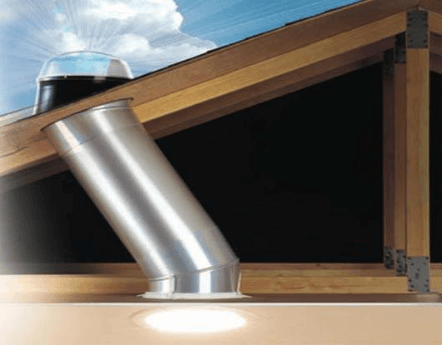
Energy management consulting is a growing business in which consultants who specialize in energy management and efficiency assist businesses and homeowners in reducing energy use and in integrating energy efficient components into the business or home. Reduction of energy use has the twin benefits of saving money and reducing energy use. Both homeowners and business owners alike […]
Greening Your Company with Building Energy Management – The Next Low-Hanging Fruit
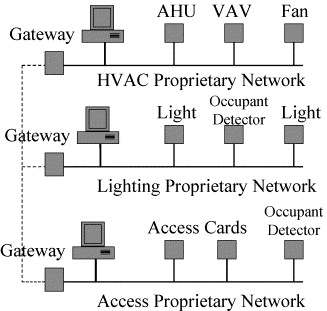
Without question, the greatest benefit to building energy management are the metrics that a good building management system provides to the operator and owner. Knowledge is king when it comes to energy management – decisions can be made with accuracy, results can be measured and tweaked, and performance in the long run is superior. Although a significant expense, regular […]